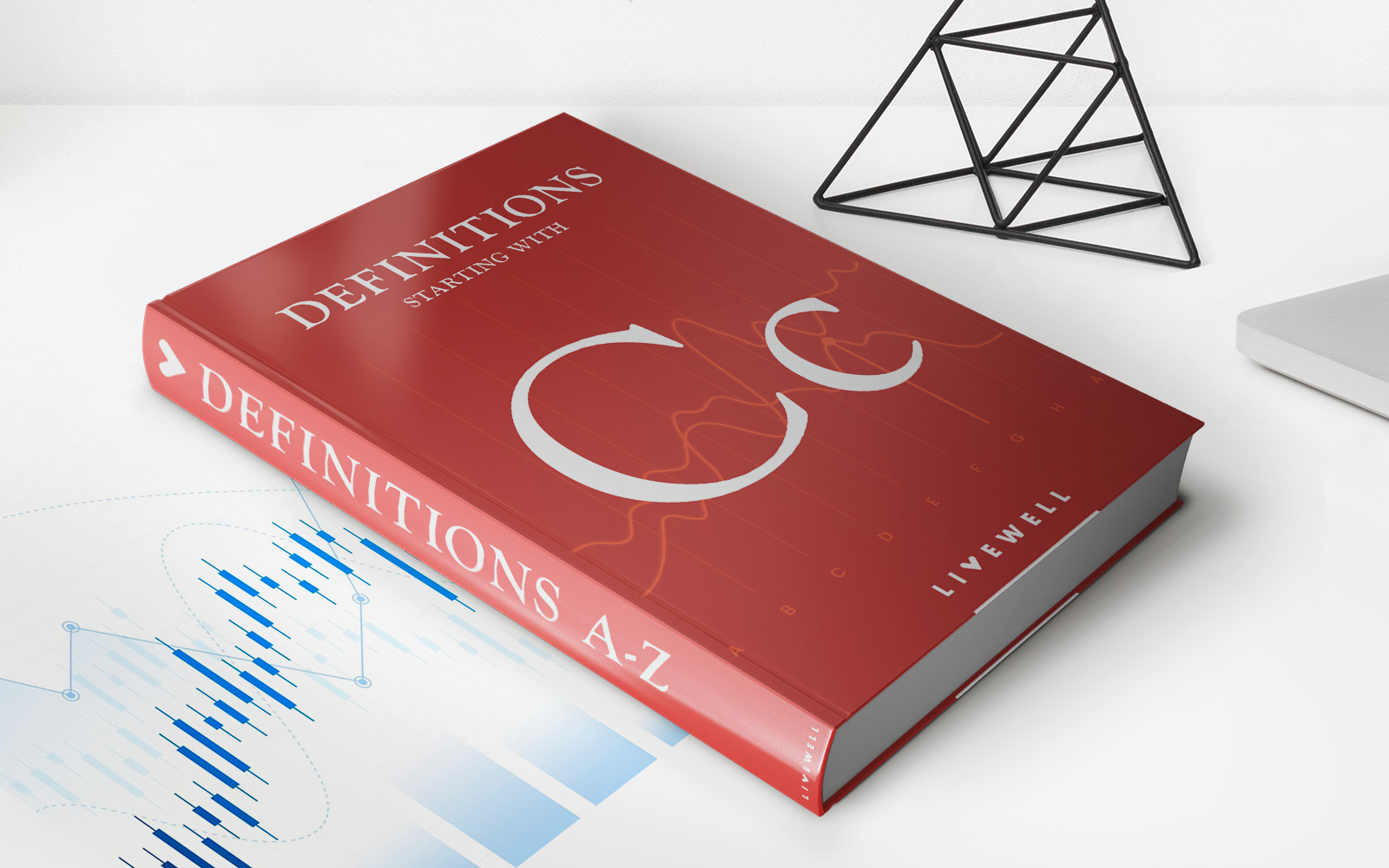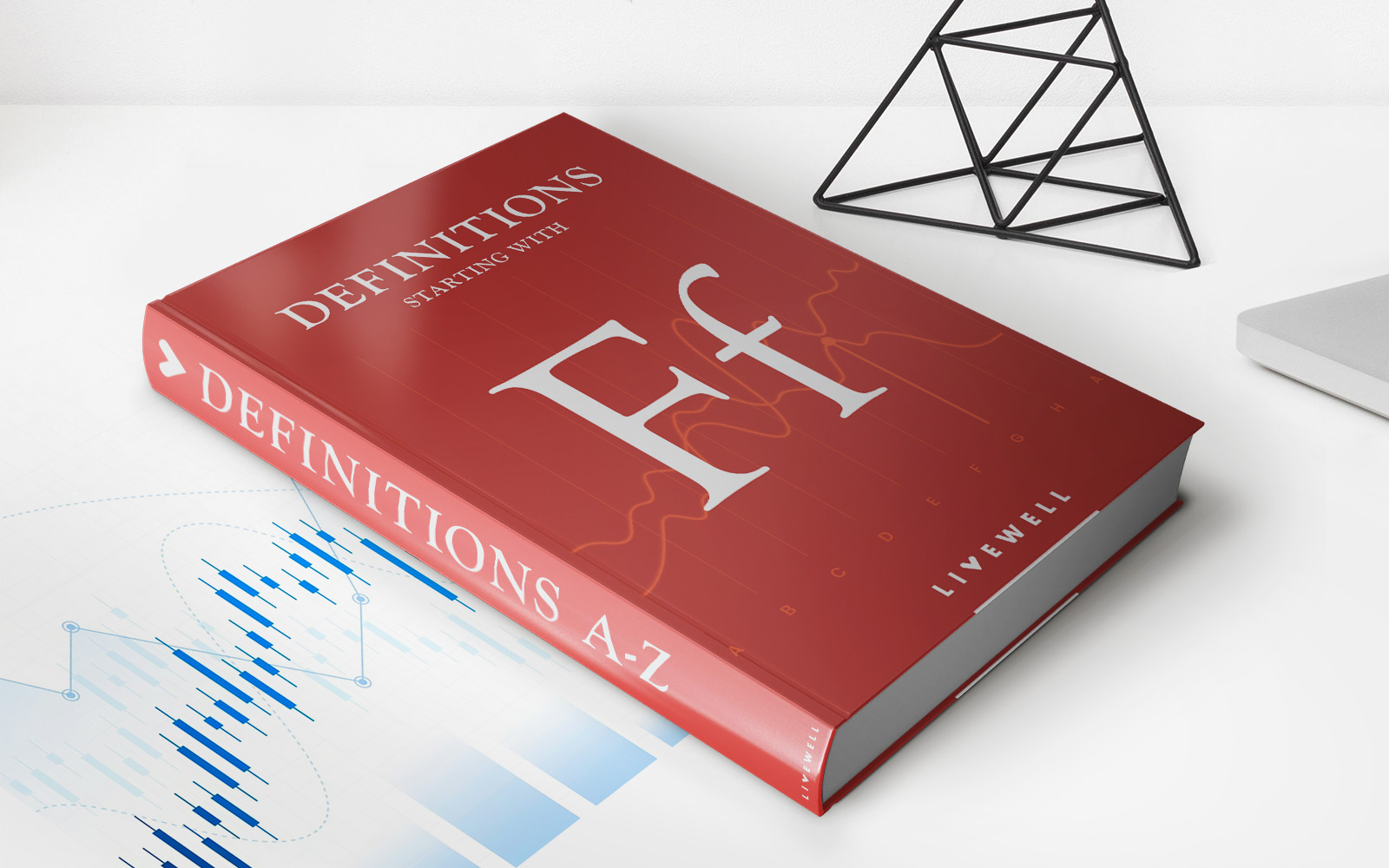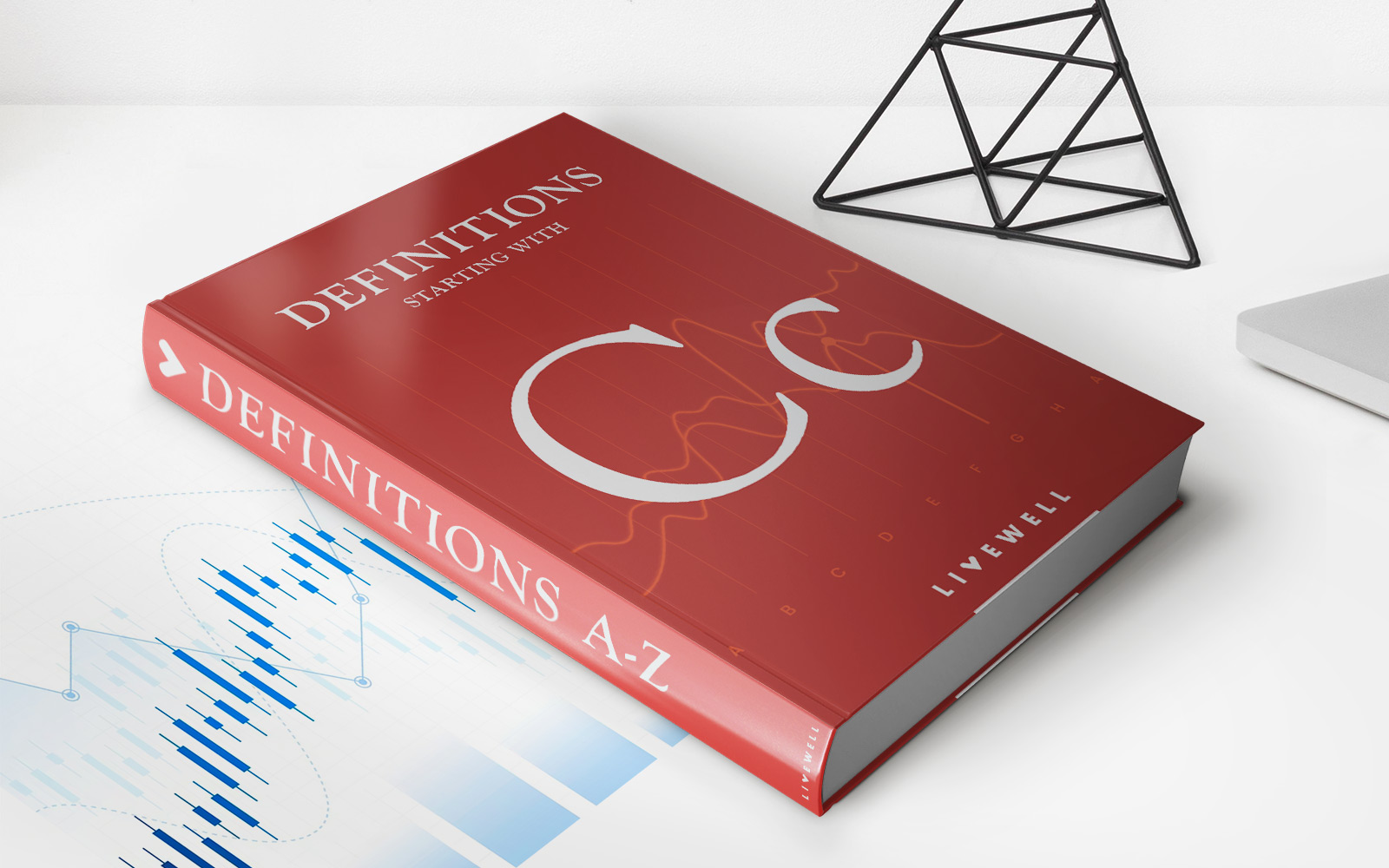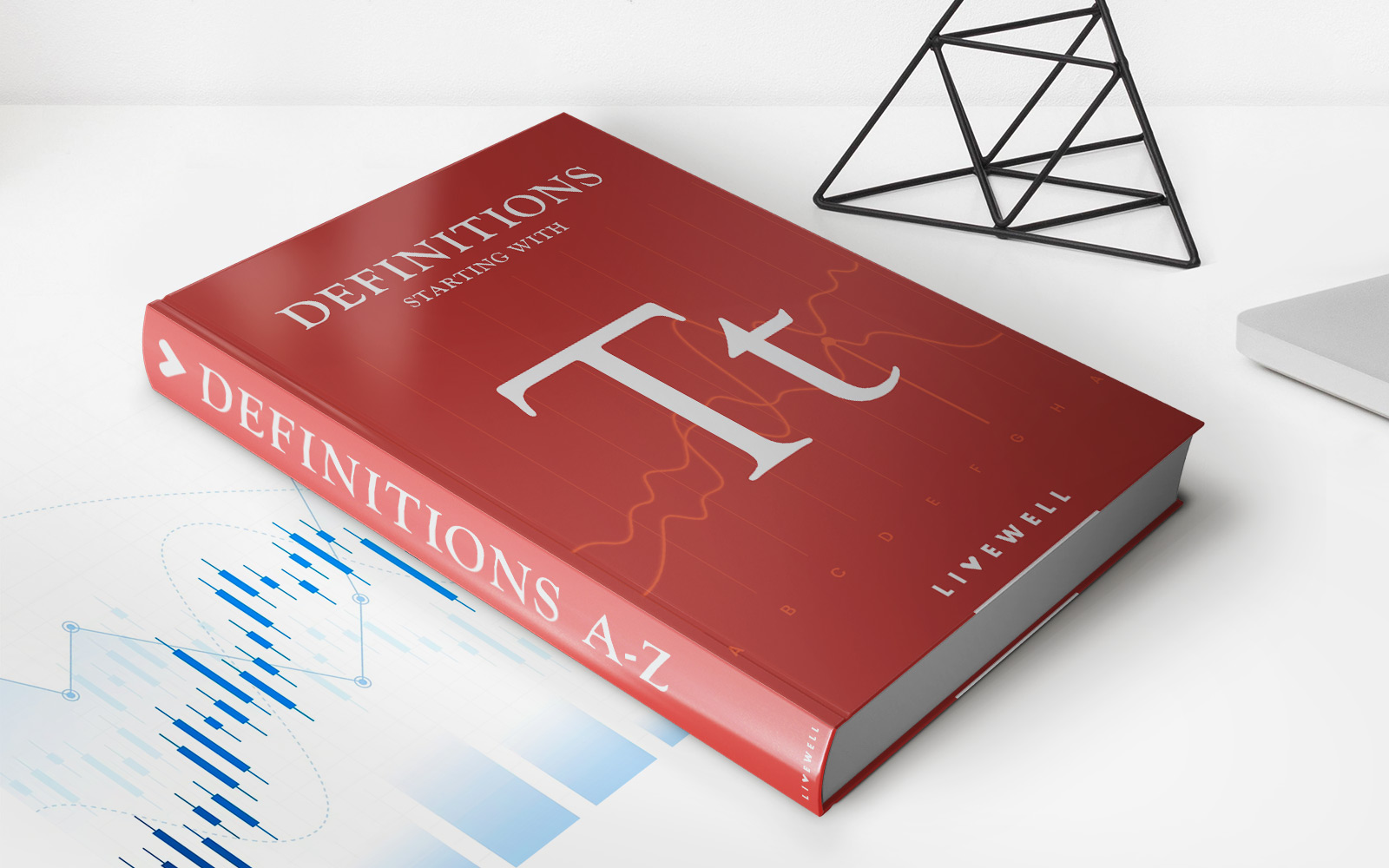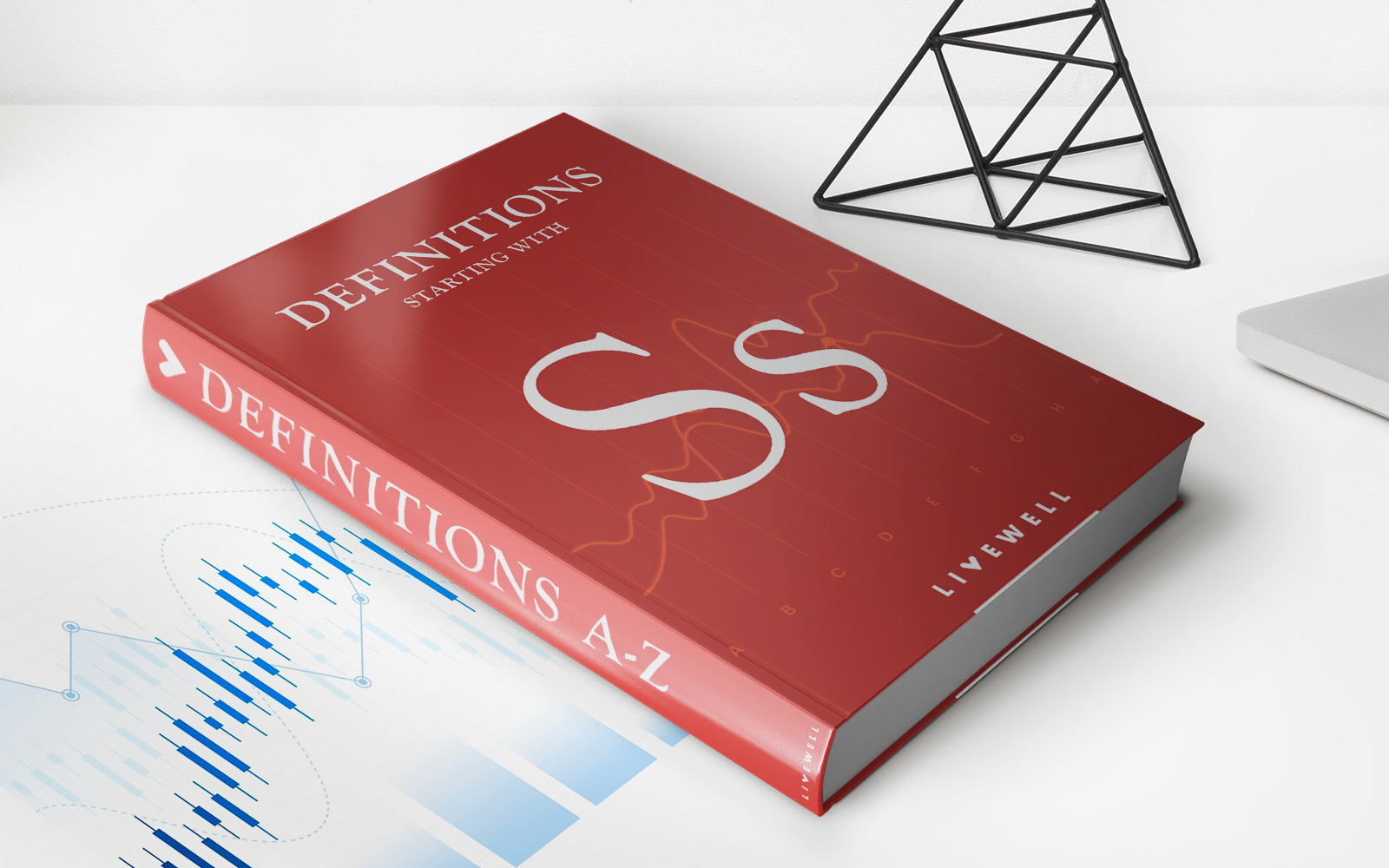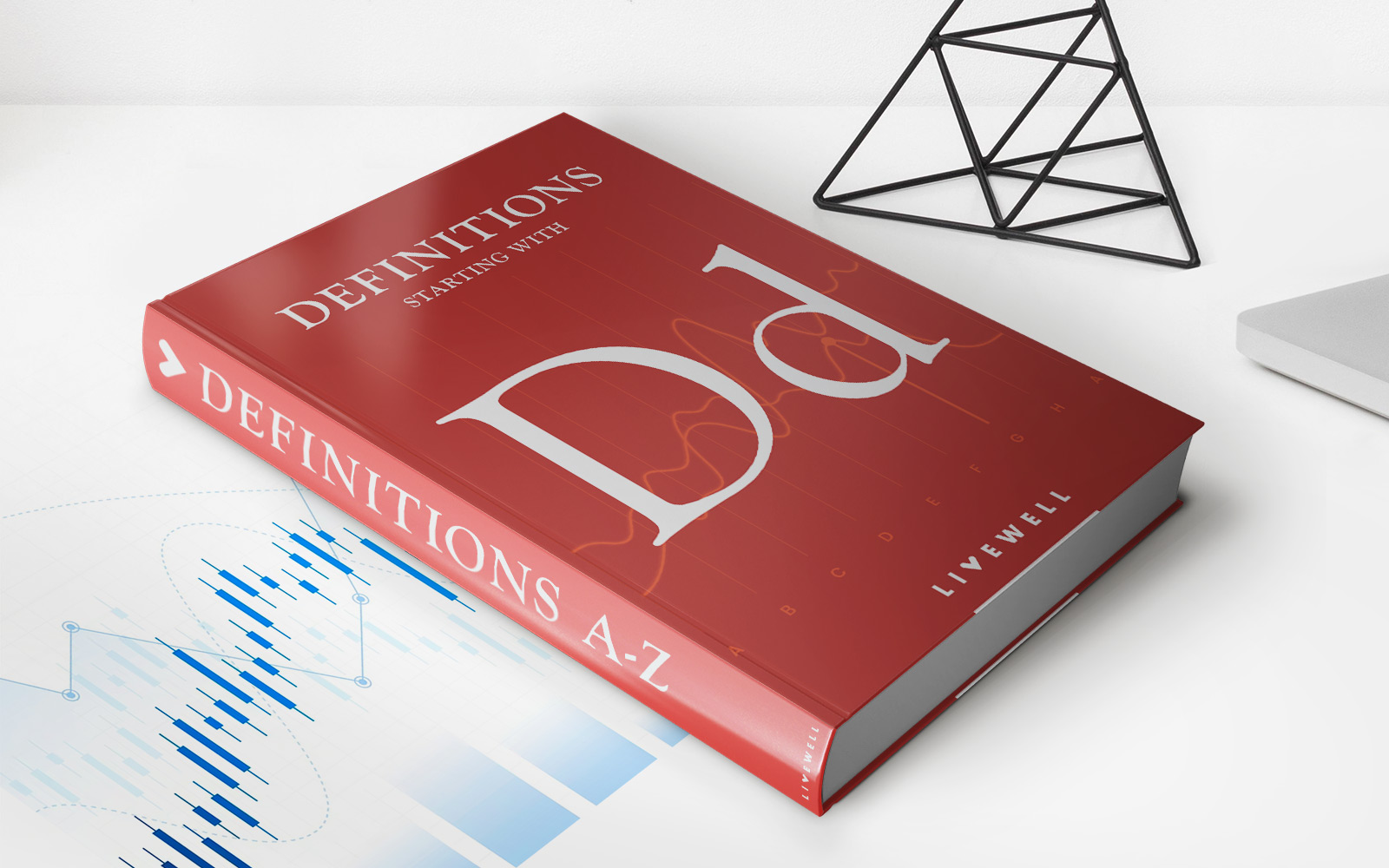Home>Finance>Licensing Fee: Definition, How It Works Vs. Royalty, And Examples


Finance
Licensing Fee: Definition, How It Works Vs. Royalty, And Examples
Published: December 18, 2023
Learn the definition and workings of licensing fees in finance compared to royalties, with examples for a clearer understanding.
(Many of the links in this article redirect to a specific reviewed product. Your purchase of these products through affiliate links helps to generate commission for LiveWell, at no extra cost. Learn more)
Licensing Fee: Definition, How It Works vs. Royalty, and Examples
Are you wondering what a licensing fee is and how it works? Do you want to understand how it differs from a royalty? In the world of finance, licensing fees play a crucial role in various industries, but many people are often left confused about their meaning and function. In this blog post, we will explore the Definition of Licensing Fee, How It Works, and how it compares to a royalty. So, let’s dive in and demystify this important aspect of business transactions.
Key Takeaways:
- A licensing fee is a payment made by one party (the licensee) to another party (the licensor) for the right to use intellectual property, brand, or copyrighted material.
- It differs from a royalty in that a licensing fee is typically a one-time payment, while royalties are ongoing periodic payments based on usage or sales.
Definition of Licensing Fee:
A licensing fee is a monetary amount paid by one party, known as the licensee, to another party, known as the licensor, for the right to use intellectual property, brand, copyrighted material, or other forms of intangible assets. Essentially, it is a payment made by the licensee to gain legal permission to utilize the assets or intellectual property owned by the licensor.
In simpler terms, when a company or individual wants to use a trademark, patent, software, or any other protected material that belongs to someone else, they must pay a licensing fee to obtain the necessary rights for its usage.
How Licensing Fees Work:
The process of licensing fees typically involves the following steps:
- Identifying the Intellectual Property (IP): The licensor will identify their intellectual property or brand that they wish to license.
- License Agreement Negotiation: The licensor and licensee negotiate the terms of the license agreement, such as the scope of usage, duration, geographic coverage, and the amount of the licensing fee.
- Payment: The licensee pays the agreed-upon licensing fee to the licensor. It can be a one-time payment or divided into installment payments as per the agreement.
- Usage: The licensee is then granted the right to use the licensed intellectual property according to the terms outlined in the agreement.
It’s important to note that licensing fees can vary greatly depending on the value of the intellectual property, exclusivity, market demand, and other factors determined through negotiation.
Licensing Fee vs. Royalty:
While both a licensing fee and royalty are forms of compensation for the use of intellectual property, there is a significant difference between the two:
- Licensing Fee: A licensing fee is typically a one-time payment made by the licensee, allowing them to use the intellectual property for a specific purpose and duration. The fee amount is predetermined and agreed upon between the licensor and licensee as a part of the licensing agreement.
- Royalty: A royalty, on the other hand, is an ongoing periodic payment made by the licensee to the licensor, usually based on a percentage of sales or usage. Unlike a licensing fee, royalties continue to be paid as long as the licensed intellectual property is being used.
So, while a licensing fee grants the right to use intellectual property for a defined period, royalties provide ongoing compensation based on usage or sales volume.
Examples of Licensing Fees:
Licensing fees are prevalent across many industries. Here are a few examples to help you better understand how they are applied in real-world scenarios:
- A software company charges a licensing fee to businesses for the use of their proprietary software.
- A clothing brand licenses its trademark to a manufacturer who pays a licensing fee to produce and sell merchandise featuring the brand’s logo.
- An artist charges a licensing fee to a company to use their artwork for promotional materials.
- A fast-food franchise charges a licensing fee to an entrepreneur who wishes to open their own restaurant using the established brand name and business model.
These examples demonstrate the diverse applications of licensing fees, further highlighting their importance in protecting intellectual property while allowing others to benefit from its use.
In Conclusion:
Licensing fees serve as a means for licensor businesses to generate revenue from their intellectual property and allows licensee businesses to utilize valuable assets legally. Understanding the definition, how licensing fees work, and their key differences from royalties are essential aspects of navigating the world of business transactions and intellectual property rights. So whether you are a licensor or licensee, grasp the intricacies of licensing fees to ensure fair and mutually beneficial agreements.




